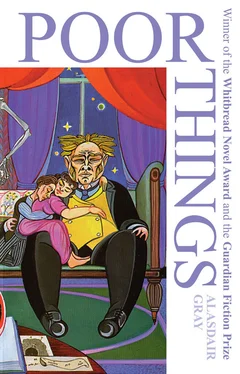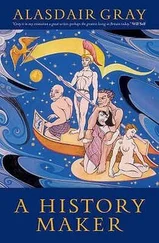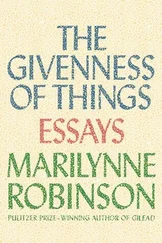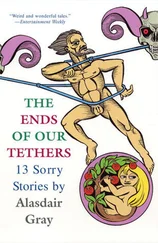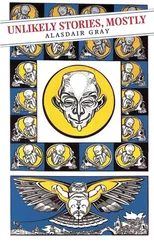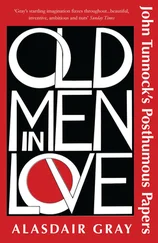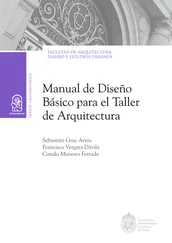Lastly, Hilaire Belloc’s caricature of an empire builder — Captain Blood — was based as much upon General Blessington as upon Cecil Rhodes:
Blood understood the native mind.
He said: “We must be firm but kind.”
A mutiny resulted.
I never will forget the way
That Blood upon this awful day
Preserved us all from death.
He stood upon a little mound,
Cast his lethargic eyes around
And said beneath his breath:
“Whatever happens we have got
The Maxim gun, and they have not.”
29. Had Dr. McCandless waited patiently until putrefaction had set in, his friend Baxter would have lost the rigor mortis , and in such a flaccid state could have fitted comfortably into a conventional coffin. But perhaps Baxter’s odd metabolism defied the normal process of decay.
30. Four books by Dr. McCandless apart from this one were printed in his lifetime at his own expense. Unlike Poor Things he sent copies of the following works to the Scottish National Library in Edinburgh where they are catalogued under his pseudonym, “A Gallowa’ Loon”.
1886 Whaur We Twa Wandered
Verses inspired by places in Glasgow associated with the courtship of his wife. One of these (headed “The West End Park Loch Katrine Waterworks Memorial Fountain”) is quoted in Chapter 7 of Poor Things and is by far the best.
1892 The Resurrectionists
This five-act play about the Burke and Hare murders is no better than the many other nineteenth-century melodramas based on the same very popular theme. Robert Knox, the surgeon who bought the corpses, is treated more sympathetically than usual, so the play may have influenced James Bridie’s The Anatomist.
1897 Whauphill Days
Reminiscences of childhood on a Galloway farm. Though purporting to be autobiography, this says so little about the author’s father, mother and friends that the reader is left with the impression that he never had any. The only character to be described in affectionate detail is an atrociously harsh “dominie” whose approval of the author’s scholastic abilities never mitigated the severity of the beatings inflicted on him. The bulk of the book describes the delights of “guddling” trout, “running down” rabbits and smaller vermin, and “harrying” birds’ nests.
1905 The Testament of Sawney Bean
This long poem in “Habbie” stanzas opens with Bean lying in the heather on the summit of the Merrick, from which he surveys the nation which has both enticed and driven him into cannibalism. The year is 1603, shortly before the union of the crowns. Bean is suffering from food poisoning, for he has recently eaten part of an Episcopalian tax-collector on top of a Calvinist gaberlunzie. The symbolism, not the comedy of this intestinal broil is emphasized. In his delirium Bean harangues apparitions of every Scottish monarch from Calgacus to James the Sixth. Figures from Scotland’s past and future appear: Fingal, Jenny Geddes, James Watt, William Ewart Gladstone et cetera, with finally, “a poet of futuritee, | Who loses, seeks, finds Scotland just like me, | Upon that day.” Here it becomes plain that Bean and his hungry family (soon to be arrested by the royal army and burned alive in the Grassmarket, Edinburgh) symbolize the Scottish people. The main difficulty with the poem (apart from its great length and dull language) is knowing what the cannibalism symbolizes. It may represent bad eating-habits which Dr. McCandless thought were once common in Scotland, for he addresses the reader as if the Bean clan had existed. A little research would have shown him it is neither in Scottish history or legend, folk tale or fiction. It first appeared in the Newgate Calendar or Bloody Malefactors’ Register printed in London around 1775. The other stories in the book were factual accounts of gruesome English murders committed in what was then living memory. The Sawney Bean story was told in the same factual style but set upon a wild Scottish coast nearly two centuries earlier. It was a fiction based on English folk tales: tales told by the English about the Scots during centuries when these peoples were at war with each other, or on the verge of it.
I have described these four worthless books in detail to discourage others from wasting time on them. They do, however, prove that Dr. McCandless had no creative imagination or ear for dialogue, so must have copied Poor Things out of highly detailed diary notes. The manuscript burned by his wife would certainly have proved this.
31. There is reason to think he had afforded it for fourteen years. In Chapter 22 Blaydon Hattersley is quoted as boasting that he was “employing half the skilled work-force of Manchester and Birmingham” ten years after he “smashed King Hudson”. George Hudson — known as the Railway King — was a very successful shares and property speculator until the railway mania of 1847-8 plunged him into ruin. This means Bella’s father became a millionaire when she was three.
32. The patent of the MacGregor Shand twin reciprocating gubernator sockets gave Blaydon Hattersley’s Steam Traction Company a lead over its competitors which lasted until 1889 when the Belfrage popper valve made gubernators obsolete. MacGregor Shand died of consumption in the charity ward of Manchester Royal Lunatic Asylum in 1856.
33. Dr. Victoria is mistaken. This anonymous folksong was neither written nor collected by Robert Burns.
34. If Dr. Victoria had loved her husband more she would easily have seen why he wrote this claptrap. Archibald McCandless obviously wanted her to edit his book for publication. This, the only part of it which she had the experience and medical training to correct, was his way of asking for her collaboration. But she could not see it.
35. Bella Baxter’s later life was passed under the name Victoria, for in 1886 she used that name to enrol in the Jex-Blake women’s medical school of Edinburgh, and was made a Doctor of Medicine under that name by Glasgow University in 1890. In 1890 she also opened the Godwin Baxter Natal Clinic in Dobbie’s Loan near the Cowcaddens. It was a purely charitable foundation, and she ran it with a small staff of local women trained by herself. These were continually leaving and being replaced, for she employed nobody more than a year after she had trained them. To a devoted employee who did not want to leave she said, “You are a great help to me but there is nothing more I can teach you. I enjoy teaching my helpers. Go away and help your neighbours, or work for a doctor who can teach you something new.”
Several of her helpers enrolled as nurses in the city hospitals, but not many did well because (as one ward sister said) “They ask too many questions.”
Between 1892 and 1898 Dr. Victoria bore three sons at two-yearly intervals, each time continuing her clinical work until the last two or three days of her pregnancies and starting again very soon after. She said, “That’s how the poor women I treat have to do it — they cannot afford to be horizontalists. And I am luckier than most of them. I have a very good wife in my husband.”
The Fabian Society published her pamphlet on public health in 1899. It was called Against Horizontalism , and said that many doctors wanted patients laid flat because it made the doctors, not the patients, feel stronger. She agreed that rest in bed was essential to the healing of many diseases, but said childbirth, though painful, was not a disease, and came more easily in a squatting posture. She advocated birthing-stools of a sort used in the eighteenth century. She also said horizontalism was a mental as much as a bodily state. It assumed that the inner workings of the body were sacred mysteries only doctors could understand, so good patients should have unquestioning faith in them. She said:
Читать дальше
